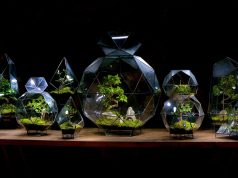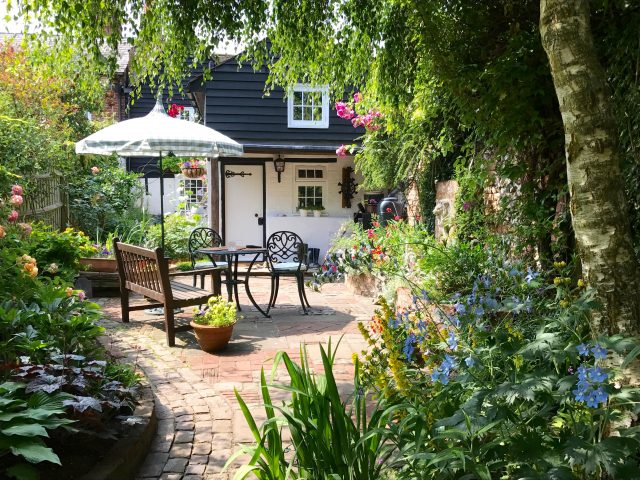
How to Create Sounds in your Garden
Introduction
As the sounds of civilization encroach more and more into our daily lives, who doesn’t dream of a beautiful garden with the sounds of nature’s very own orchestra?
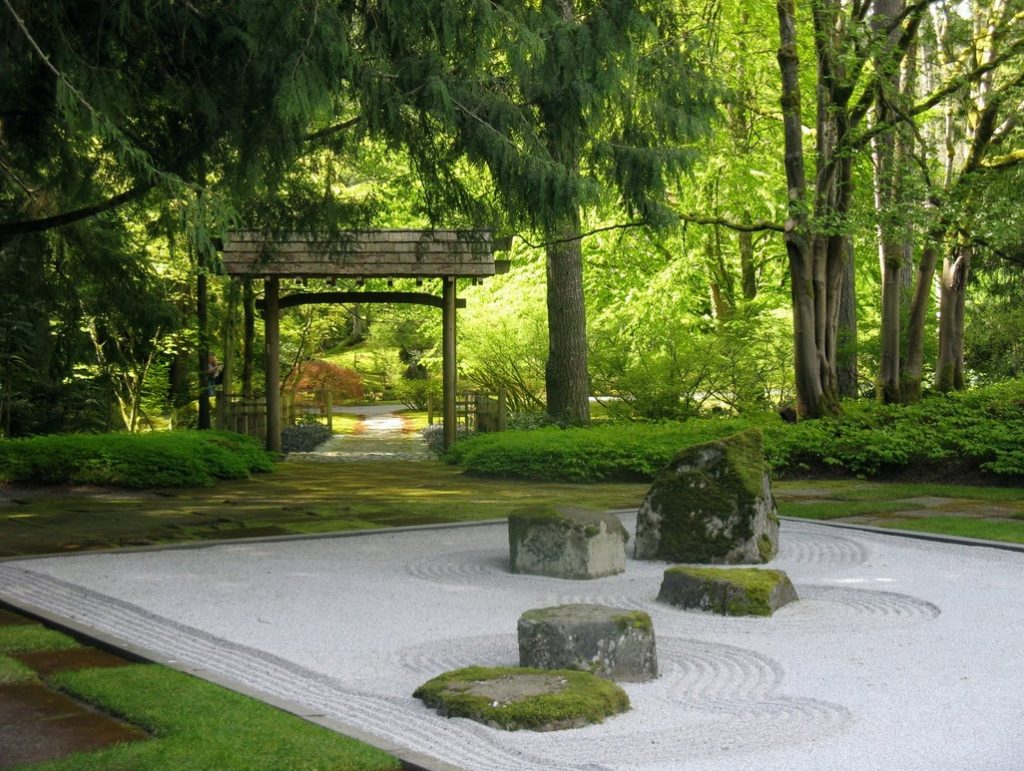
Soundscaping your garden is not a new concept; think of a Japanese Zen garden with bells and wind-chimes or an English cottage garden with fish splashing in the pond.
Gardening is scientifically proven to ease stress and relieve anxiety so how do we add to that with the relaxation and joy of a musical garden?
Nature’s Sounds
By far, the most wonderful sounds in a garden are those created by nature herself. The sounds of birds singing, crickets chirping or bees buzzing will bring happiness to even the most jaded of souls.
Plants
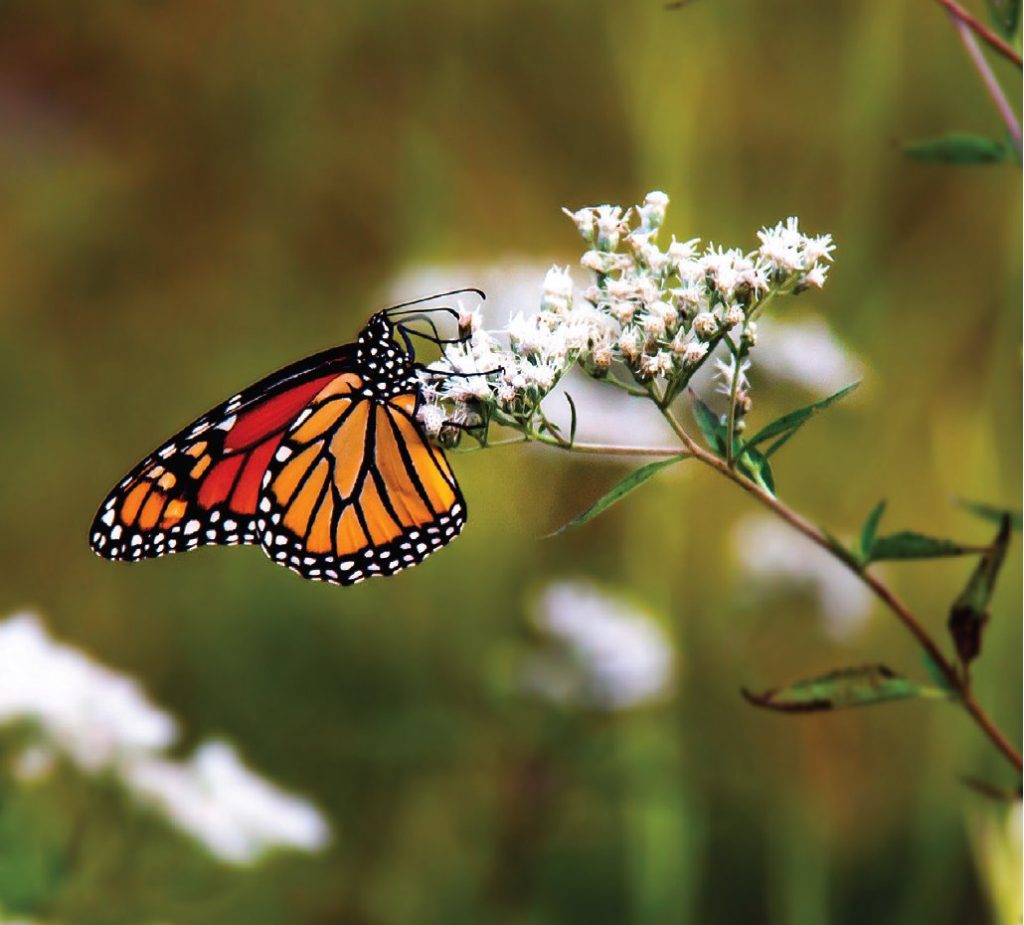
To encourage and support nature’s sounds, plant insect appealing plants. Do some research on what will flourish in your area and make sure you include many wild-flowers as well.
Insects
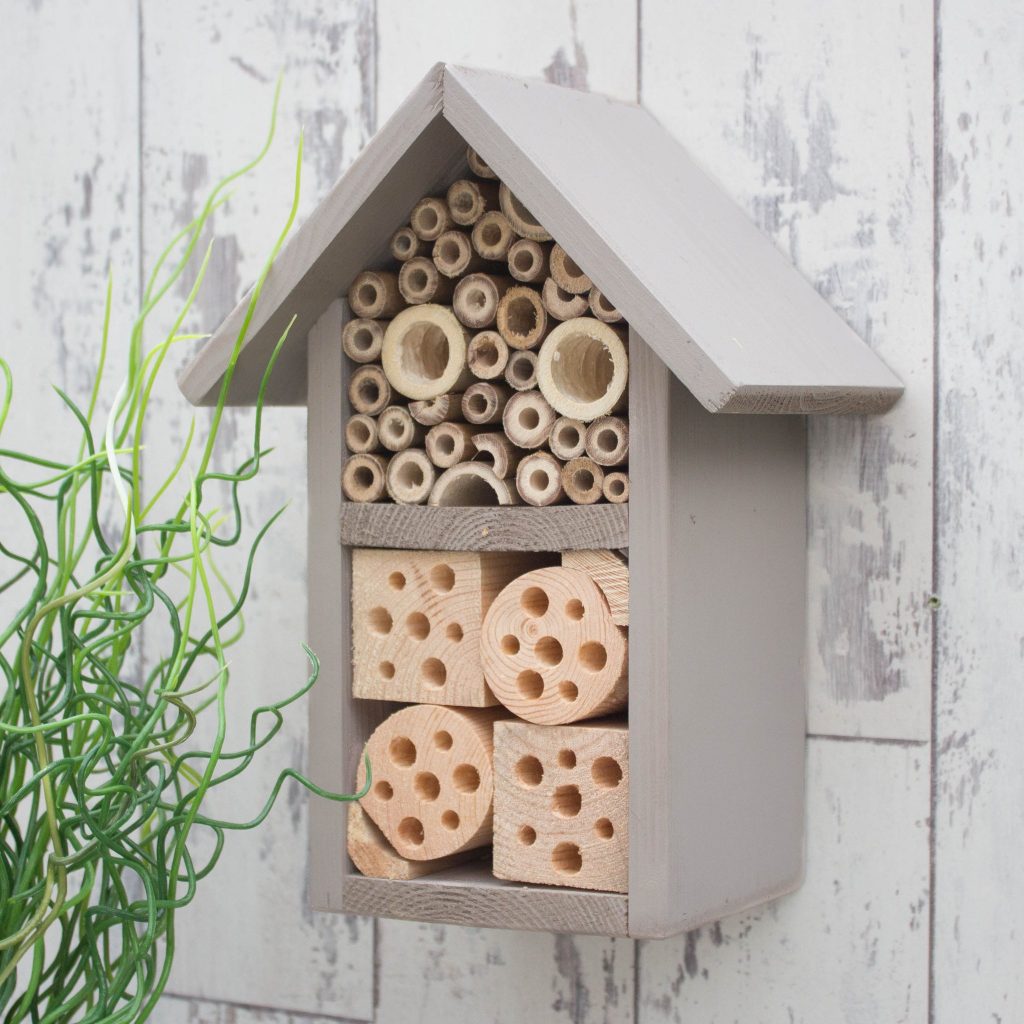
As bees are slowly disappearing from our world, make sure you plant with them in mind too. You could even establish your own bee hive and benefit from bee sounds as well as fresh honey!
Crickets are attracted to cozy nooks and crannies so build them homes to attract them in old tree trunks or pile some breeze blocks up and cover up all but the smallest of access holes.Pieces of hollow bamboo strung together and then hung from a tree make a perfect bug box. You can even buy an insect hotel!
(If they still don’t come, do not buy pet store crickets as these are unlikely to be native to your region and are sold as food for reptiles only. Be patient, they will come.)
Put pile of wood cuttings, branches and twigs in a corner to attract more insects and maybe the odd hedgehog or two!
Finally, let your lawn grass grow long in one area and never mow it again. All kinds of wonderful and noisy insects will be happy to live and visit.
Birds
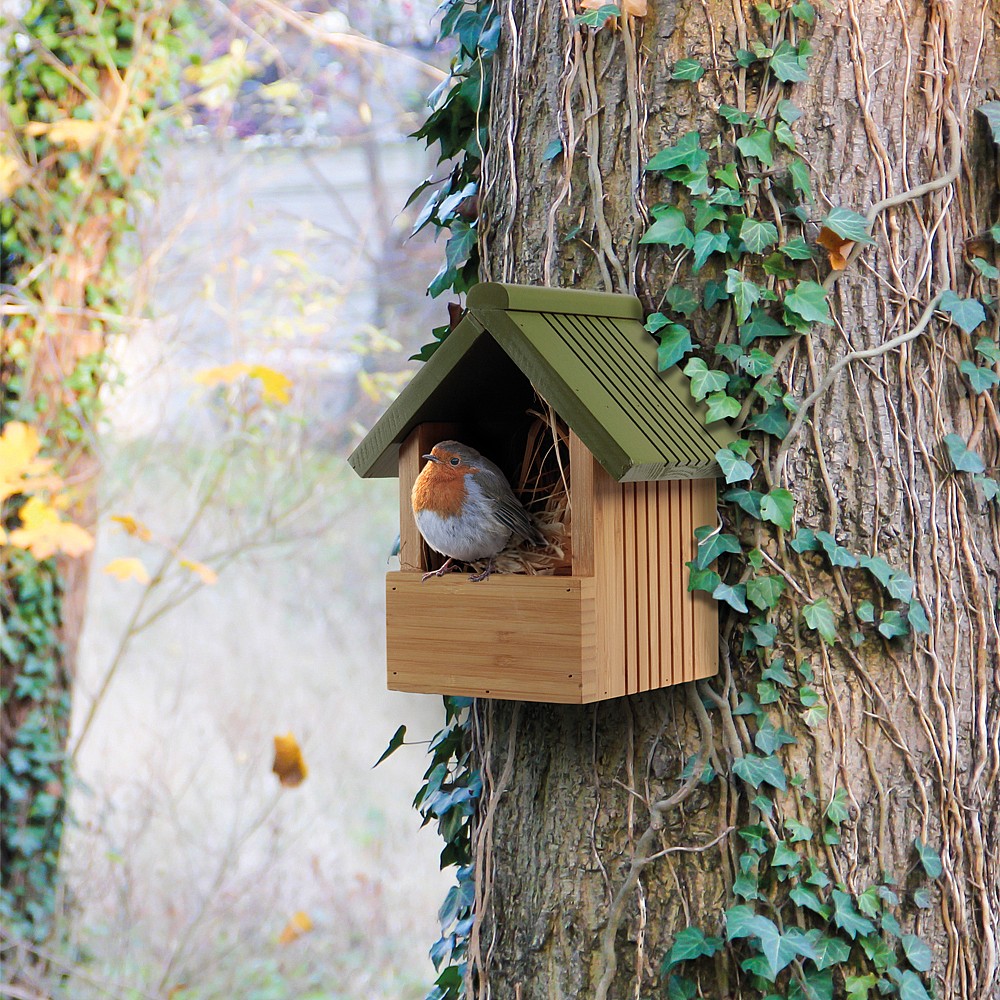
Attract more birds by hanging bird feeders and placing a bird bath. (Try to hang them in places the neighborhood cats cannot reach.)
It is especially important in colder climes to keep up the feeding and water availability in the coldest months to keep our feathered friends happy. Also, try different types of bird seed, including fat balls. This way you will get a wider variety of avian visitors.
Nesting boxes and bird houses will encourage birds to see your garden as their home and maybe even lay some eggs.
Water
Water is a major feature in many gardens, from a small pot with a water lily all the way to a stream or a creek running through.
Fountain
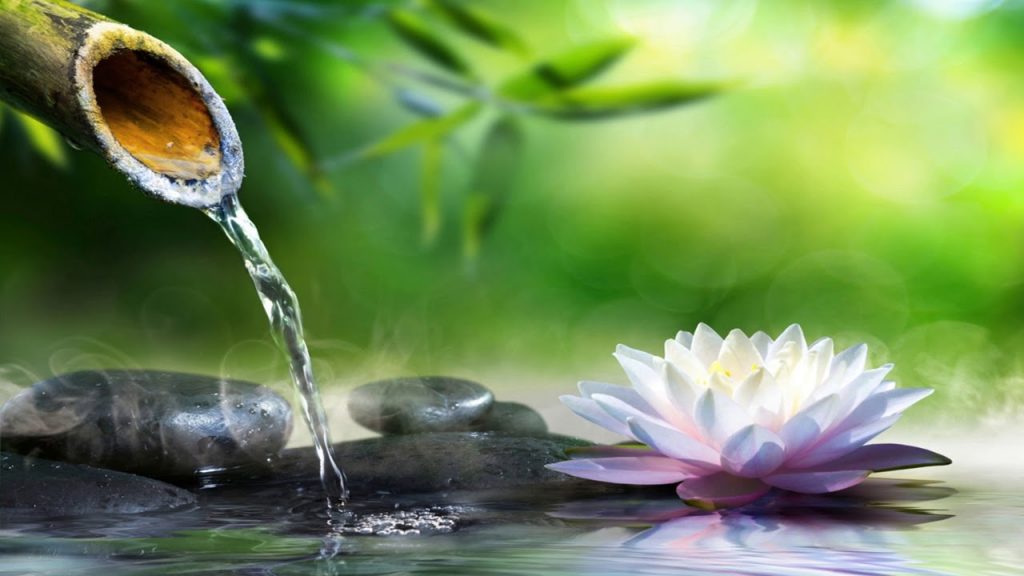
The sound of water flowing or splashing is both relaxing and soothing, so why not install a small fountain or mini-waterfall? It can bubble or splash depending on your preference. On a hot summer’s day, breeze blowing over the water will cool you down as an added bonus.
If you cannot be bothered with an electrical connection to your pond, there are some small solar devises you can float on your pond which will use the sun’s light to power a small fountain.
You can also look at Japanese Zen gardens. They have different types of fountains which involve water dripping and bamboo pipes to carry the water.
Pond
If the noise of a fountain (or the electrical work involved) is too much for you, try a simple pond with some fish. They will jump and splash. A pond will also encourage frogs or toads so you could have an amphibian chorus too.
Streams
If you are lucky enough to have a stream or a creek in your garden, put a chair by the banks and enjoy.
Add the Human Touch
Interacting with your garden can also add beautiful sounds.
Technology
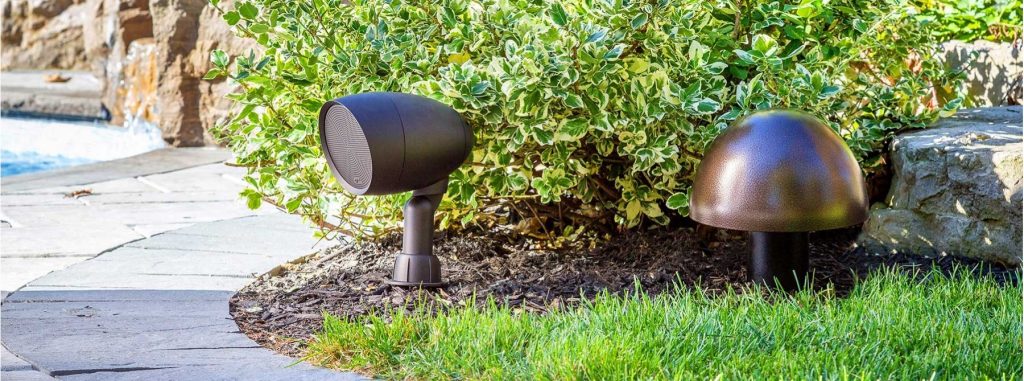
Technology can help you enjoy your garden even more. With subtly installed waterproof speakers, you can pipe mellow music into your landscape. Obviously, you don’t want to be blaring out rock music which will defeat the whole purpose of soundscaping but some gentle classical or mood music will enhance your experience.
You can also play nature’s own sounds, music, bird song, waves and so on.
Footsteps
As you walk through your mini-paradise, add to the soundscaping by laying gravel or mulch paths that crunch as you go.
Wind
Wind will add too nature’s sounds as well as a few man-made ones.
Wind Plants
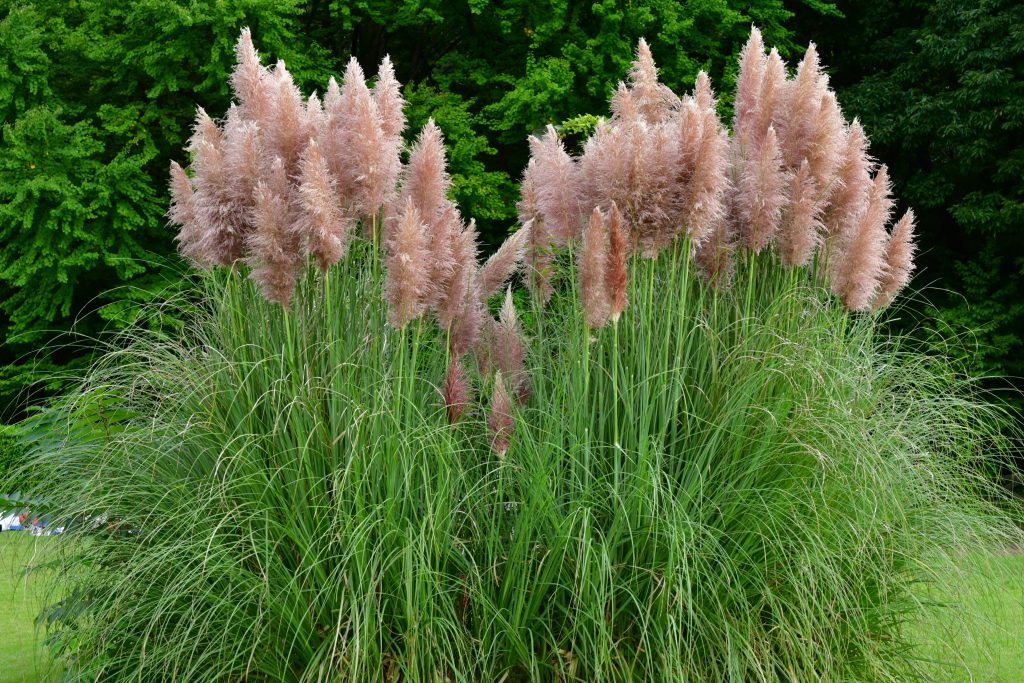
Plants such as bamboo, pampas grass and any with hollow stems will make a wonderful whispering sound as the wind blows through them.
Wind-Chimes
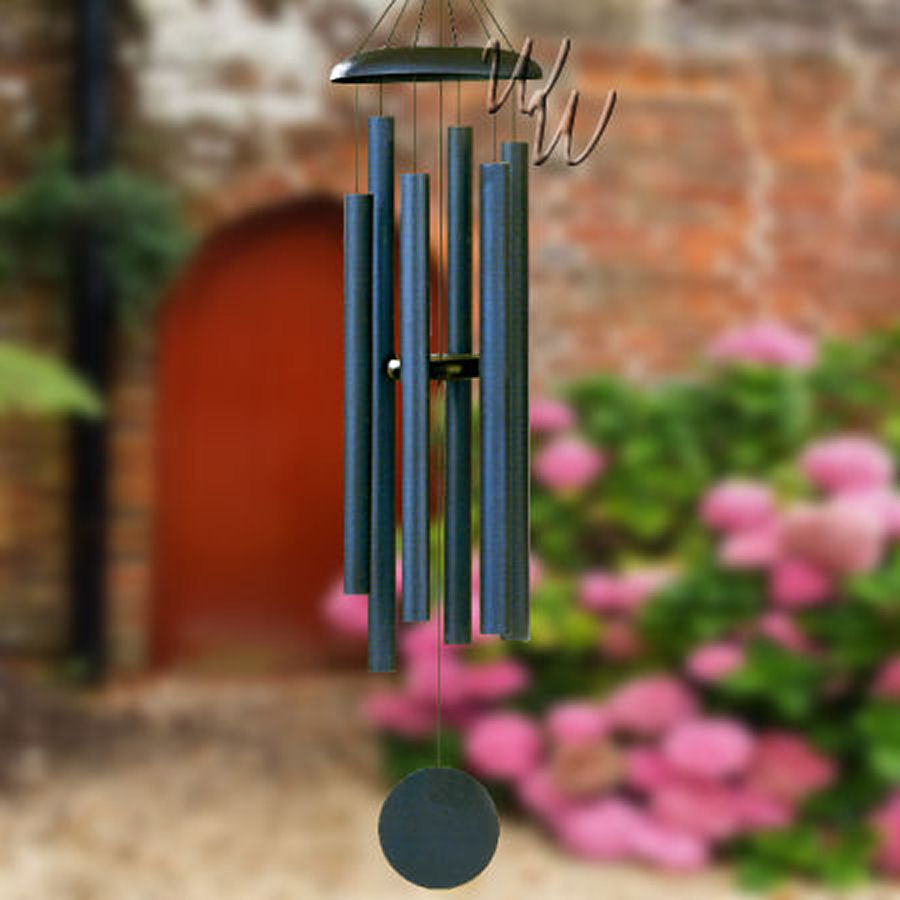
Wind-chimes can be expensive works of art or home-made from old cutlery. Either way, the wind blowing through them will make a variety of enchanting sounds. They can be hung from trees or stuck in the ground and will add some artwork to your garden as well.
Sound Buffers
No matter how many sounds you add or attract to your garden, unless you live in the middle of the country-side, outside noise will encroach upon your soundscaping.
There are ways you can combat this so that you don’t suffer from too much outside noise pollution. For more information about the effects of noise pollution, check out this post on A Quiet Refuge.
Trees and Hedges
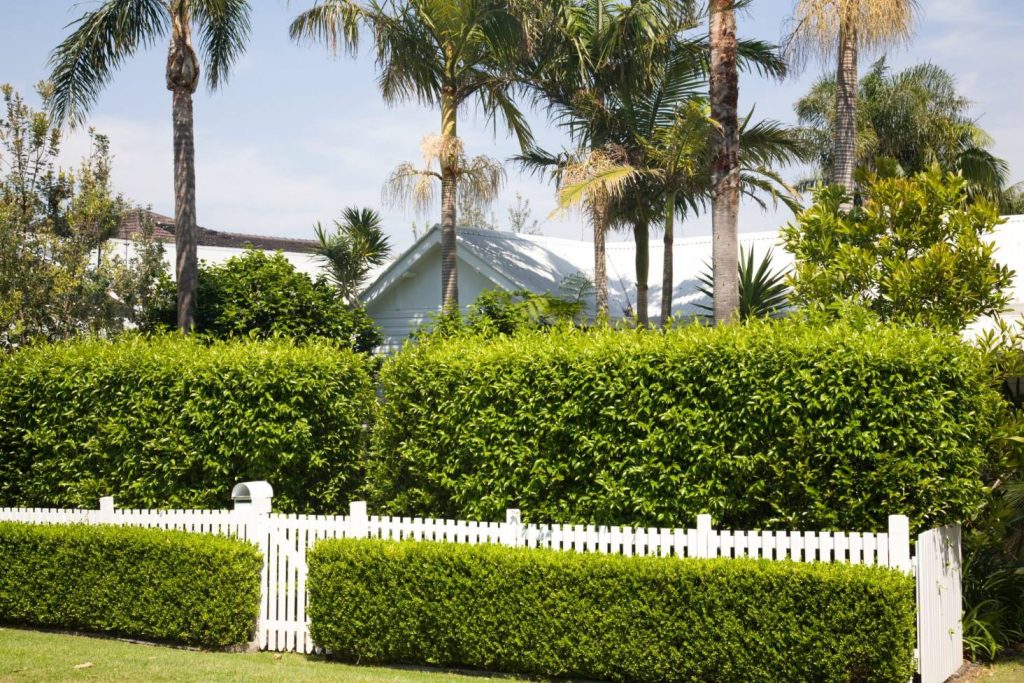
Tall trees will absorb sound from beyond your garden fence line as well as make beautiful sounds when the wind blows through them.
Evergreen hedges will have leaves all year round which will act as sound dampeners. They will also attract wildlife to come and live with you.
Acoustic Fencing
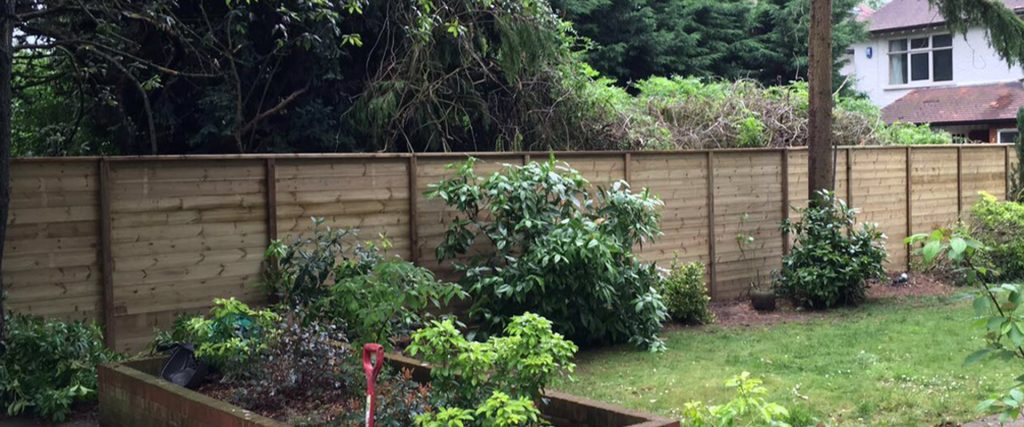
You can replace your rotten old fencing with a sound barrier in the form of acoustic fencing. The fencing is built in solid panels with no gaps and is quite tall. This is an expensive process but essential if you live near a major noise source such as a highway.
Green Walls
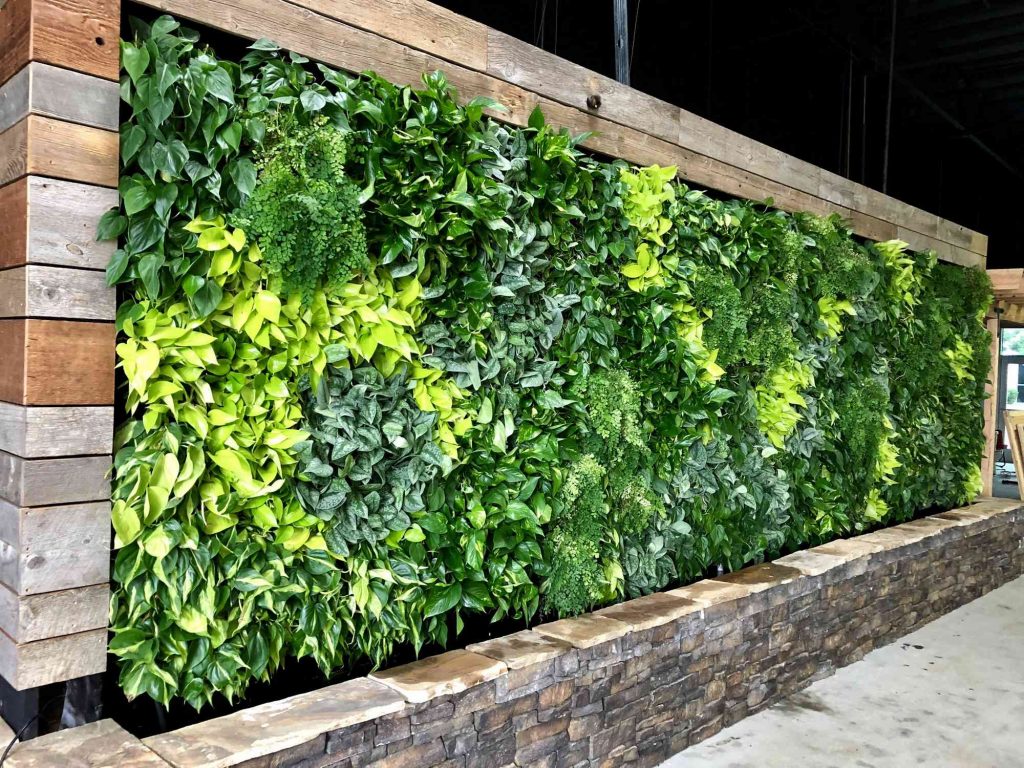
Green walls are where you plant creepers or vines on existing walls or fences. The addition of layers of leaves will dampen outside signs as well as making often ugly-looking fencing look more attractive.
Conclusion
By creating a garden soundscape, you will not only experience even more pleasure from your back yard but will also help nature to flourish.





